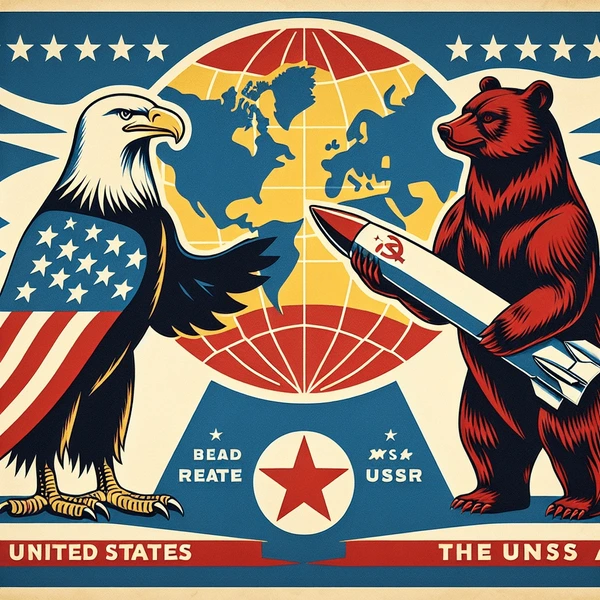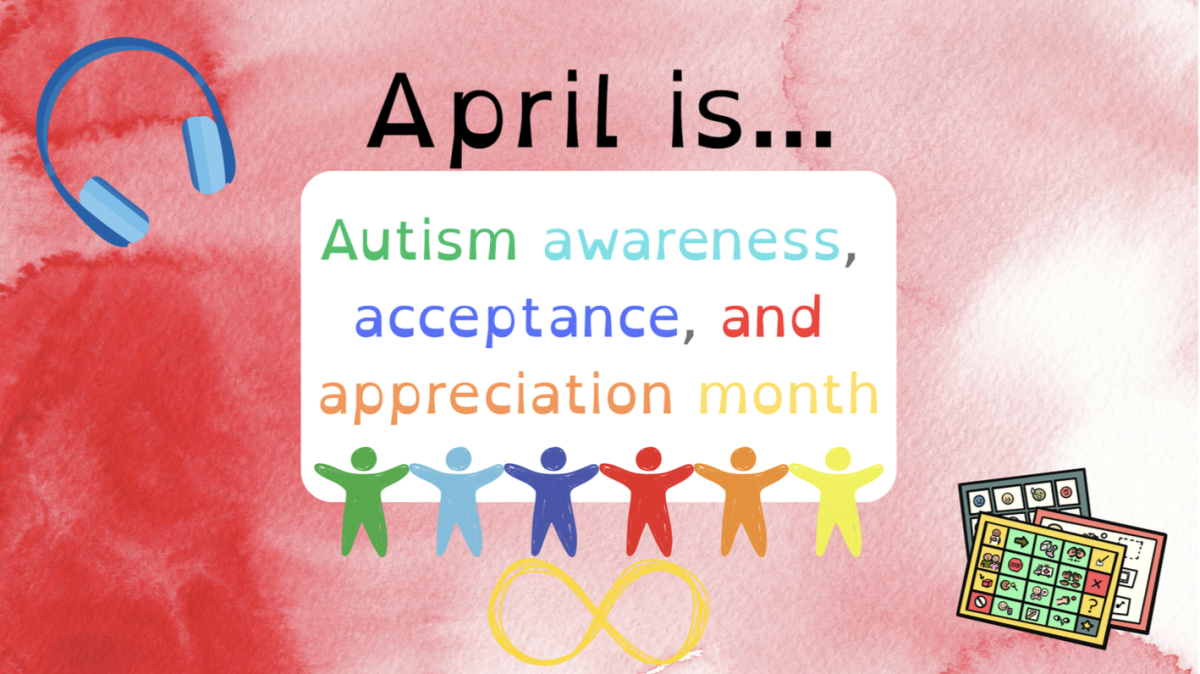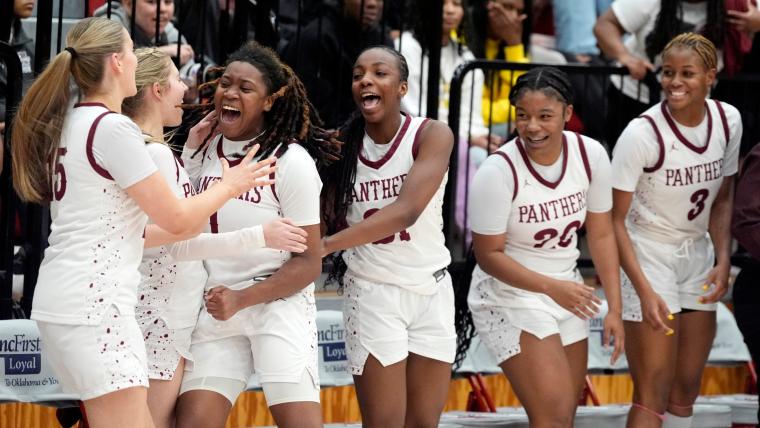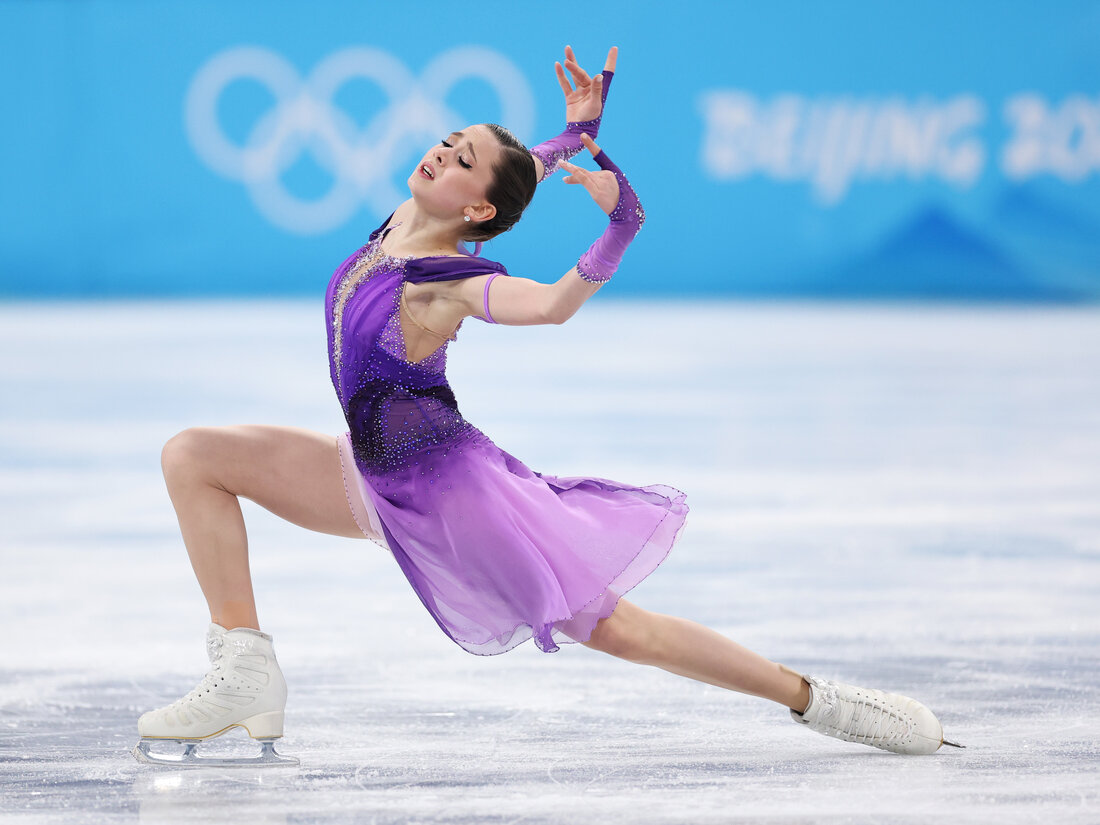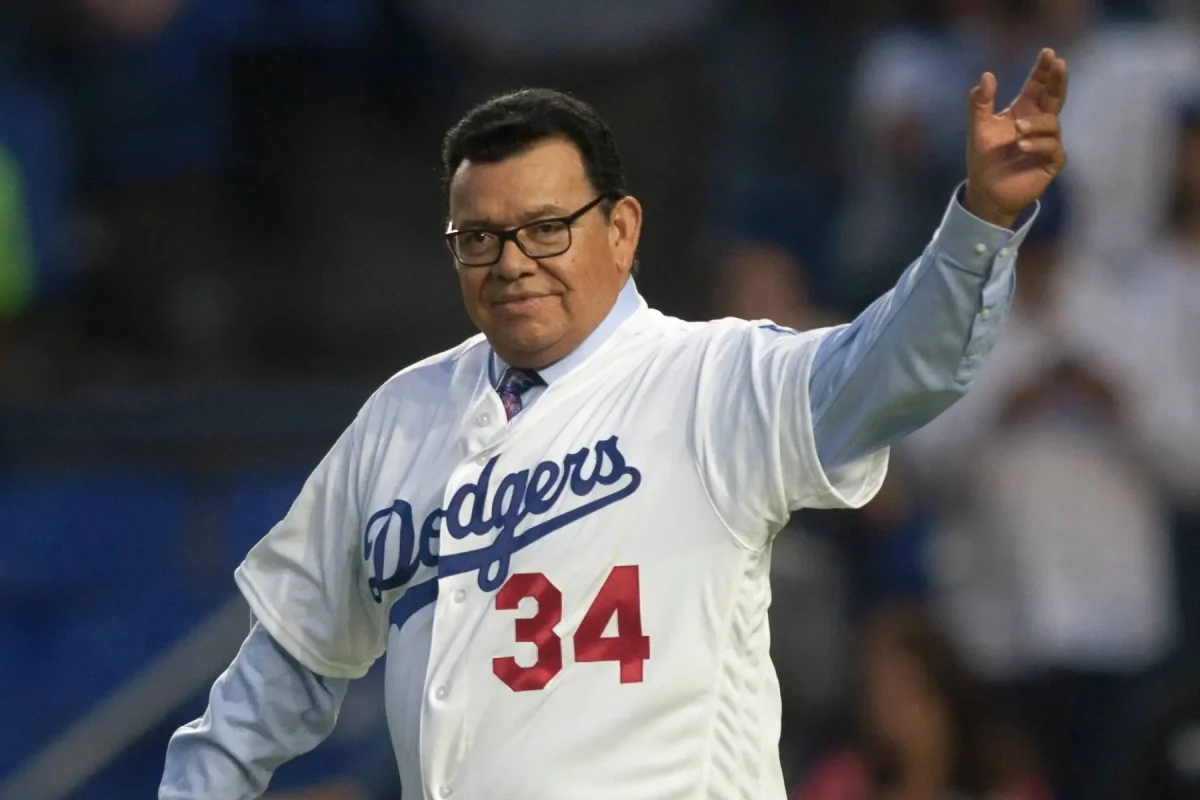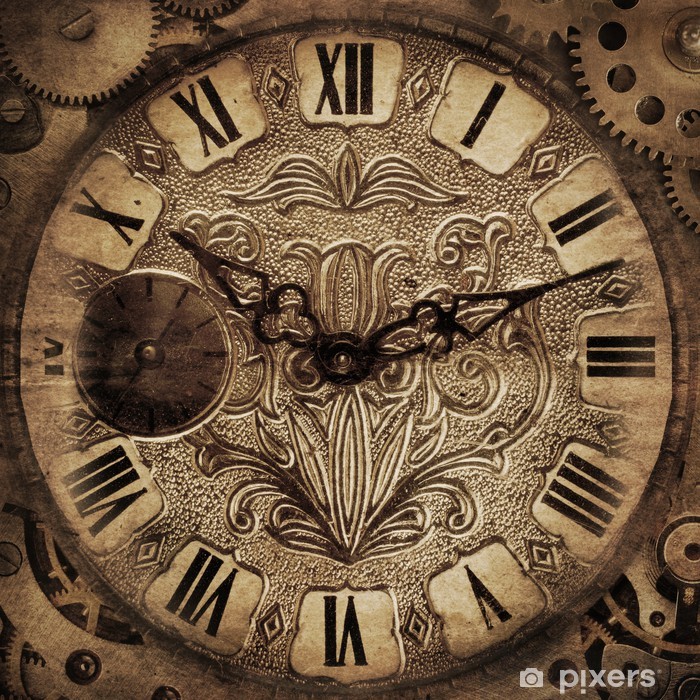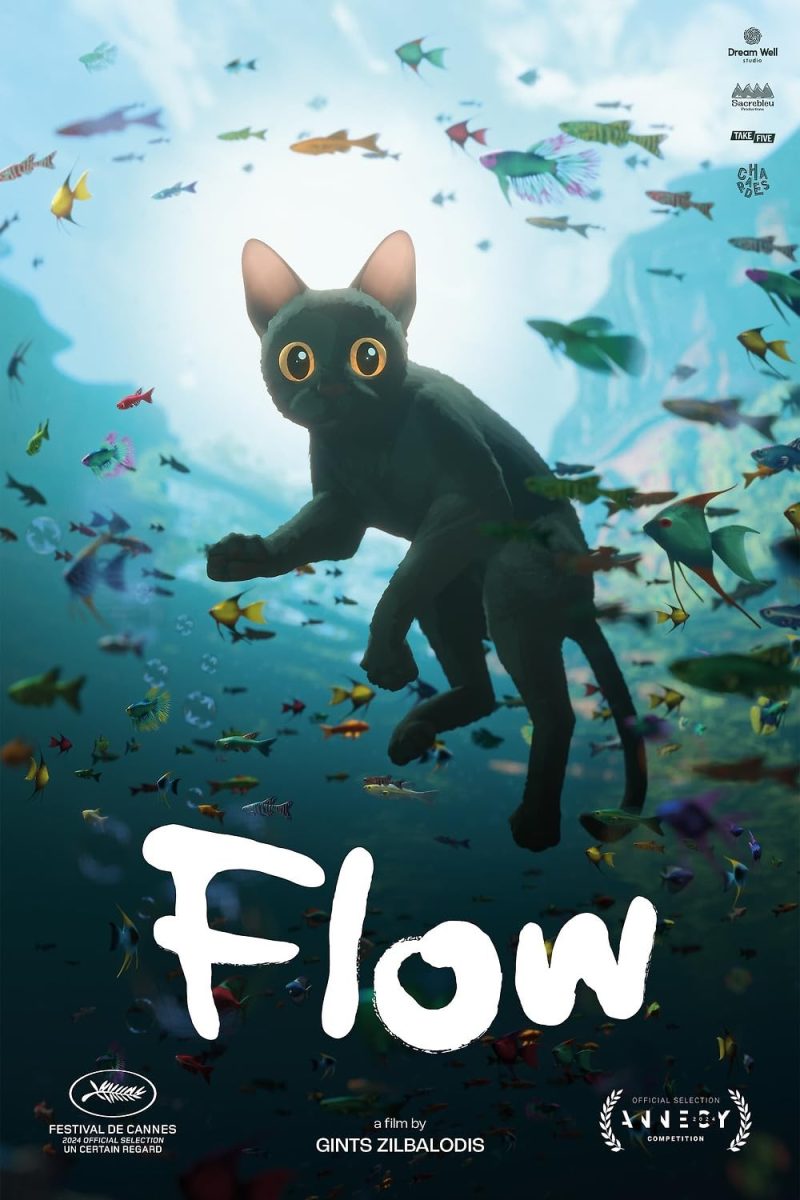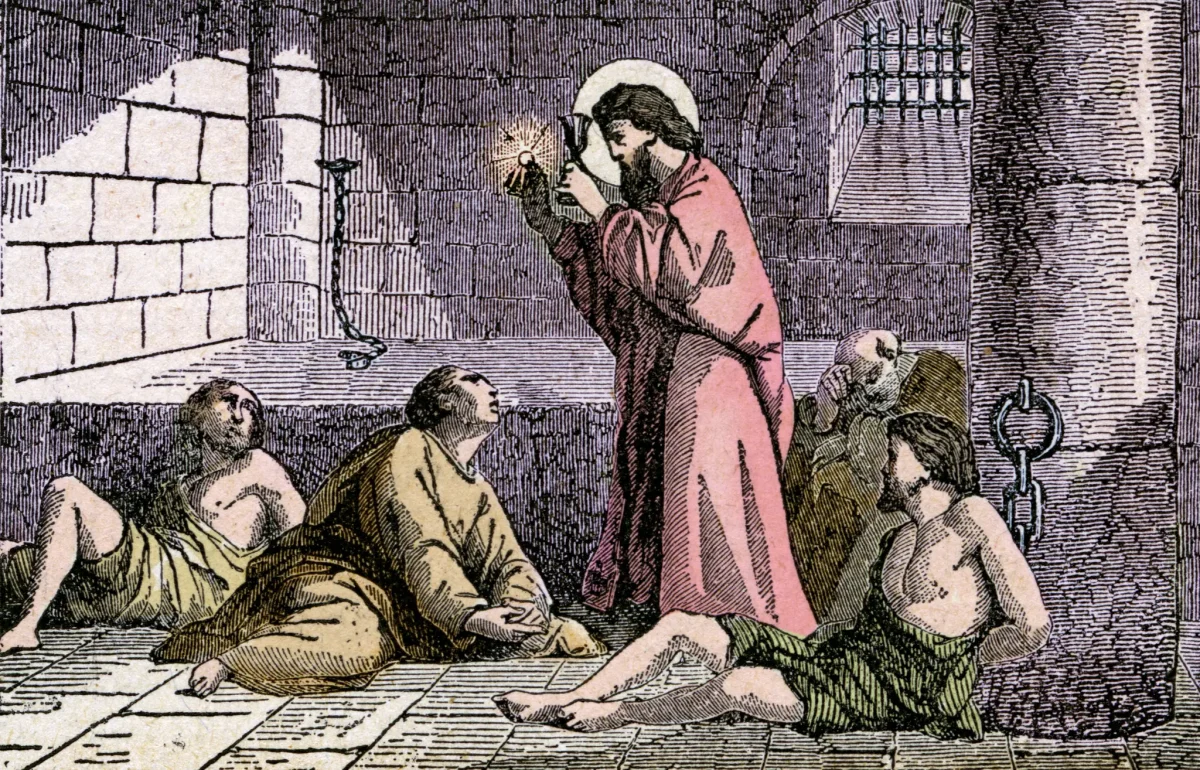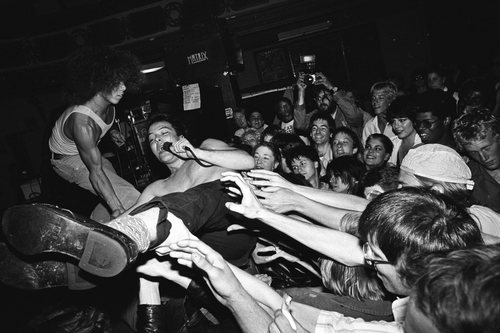In the late 70s and 80s, there was an uproar. People started dressing in all black, wearing ripped clothes and homemade studded jewelry. They were angry, and were demanding to be seen, demanding to be heard. They were sick of being forced into the mainstream, sick of being made to be someone they’re not. They were alternatives.
But what does alternative mean, exactly? Well, in the context of this article, it means something that differs from the norm. Alternative fashion, alternative music, things that maybe the average person would find unpleasant or scoff at.
Originally, being alternative meant you were trying to prove some type of point. Maybe you were sick of rich people stepping all over you, or maybe you were sick of being forced to conform. So, you didn’t. You broke out of those chains, and fought back. Spiking your hair, tossing out conservative ideals, and listening to music played by people who didn’t know anything about music. But that didn’t matter, because they were angry, and so were you.
That is alternative. Specifically, that is more similar to the root of all alternative subcultures; punk. Bands like The Dead Kennedys, The Clash, Ramones, and Sex Pistols were at the forefront of this movement. The punk movement was full of rage, and hatred for what society had forced people into. It wasn’t about the clothes you wore. That was quite the opposite of what punk was. It was about being your true, and unabashed self.
And then it evolved. From punk, came subcultures like goth in the late 80s, which was about finding the beauty in how horrible the world was. Or grunge, which was more 90s, which was once again about rebelling from the norm. Or maybe even emo, which was from the 2000’s and was more about suffering itself. All of these are about being something that was different, being something new. It was about being yourself.
But now, it feels like all of those words, punk, goth, grunge, emo, mean absolutely nothing. They’re no longer their own subcultures, but instead words that corporations slap on anything that’s black and has edgy elements. It’s an aesthetic now. But that feels so contradictory, because when you look at the roots it’s all about being yourself. But now? Now it’s just another way to fit in. It’s a trend.
This happened for several reasons. Some people immediately blame Tiktok, which I can understand. Tiktok made being alternative popular, only if you fit into a very specific type of alternative. However, I think this problem is much more complicated than just people on Tiktok wanting to be cool.
However, I believe that one of the problems is consumerism. One of punk’s biggest points is being anti-corporation, and fighting against “big brother.” However, rich people don’t exactly like it when you criticize them, so they looked for a way to stop people standing up against them. So, they started pushing out “punk goth emo aesthetic” clothes non-stop, watering down these cultures greatly. And consumers ate it up. Now, you can find Joan-Jett shirts in a fast fashion store, which directly goes against the principles of punk.
Things like this completely water down subcultures and cultures. If you brand everything as alternative, then we completely lose the meaning of the word. That way, punks aren’t seen as serious or as true as they used to be. They’re just grouped together, and categorized as a bunch of teens pretending to be something they’re not, because they saw it on Tiktok and liked how it looked.








